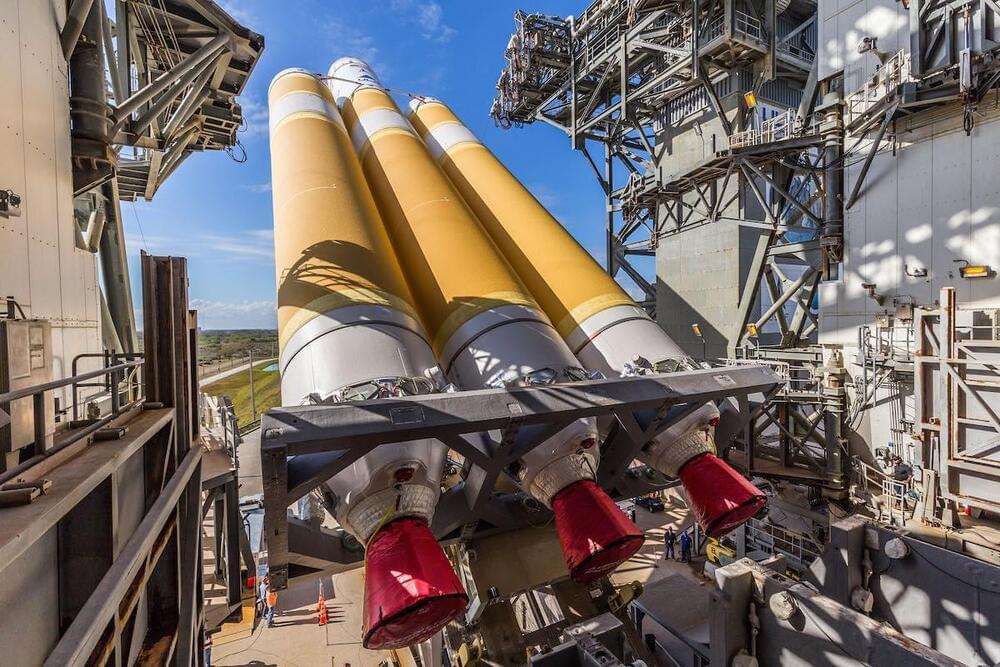There’s enough trouble on this planet already that we don’t need new problems coming here from the sun. Unfortunately, we can’t yet destroy this pitiless star, so we are at its mercy. But NASA at least may soon be able to let us know when one of its murderous flares is going to send our terrestrial systems into disarray.
Understanding and predicting space weather is a big part of NASA’s job. There’s no air up there, so no one can hear you scream, “Wow, how about this radiation!” Consequently, we rely on a set of satellites to detect and relay this important data to us.
One such measurement is of solar wind, “an unrelenting stream of material from the sun.” Even NASA can’t find anything nice to say about it! Normally this stream is absorbed or dissipated by our magnetosphere, but if there’s a solar storm, it may be intense enough that it overwhelms the local defenses.








